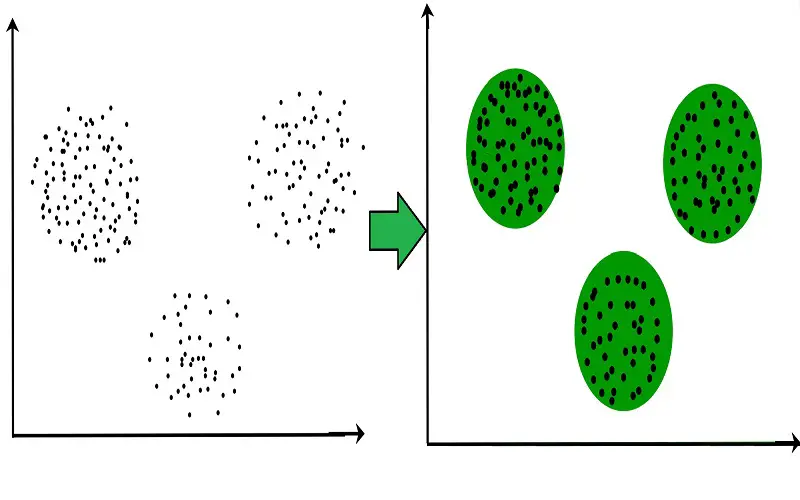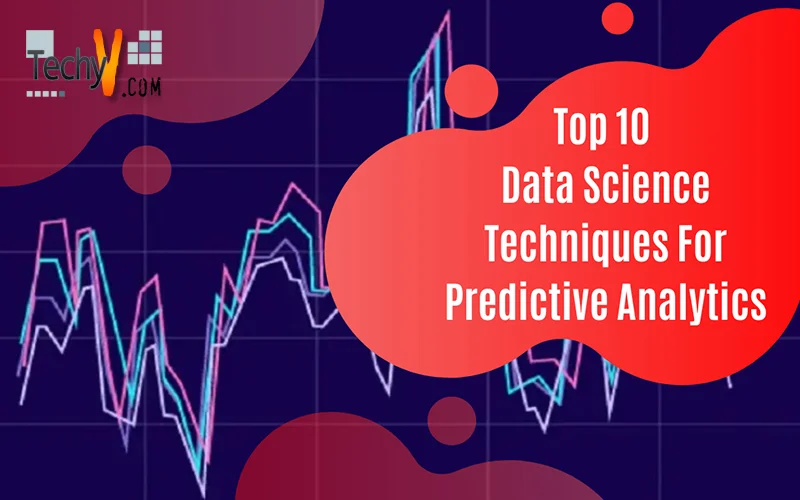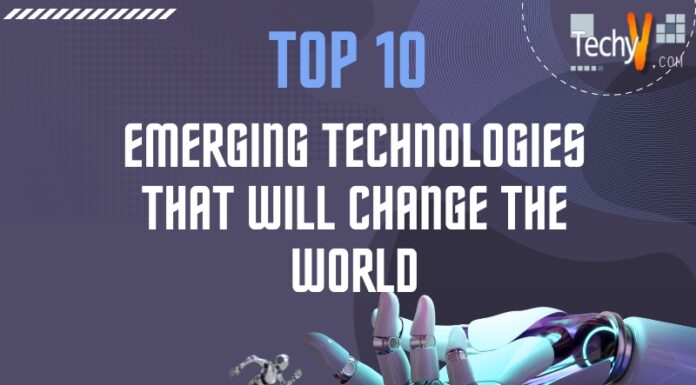Predictive analysis is a powerful tool in data science that helps businesses predict future outcomes based on the events that happened in the past. There are some special techniques and algorithms through which companies can analyze large amounts of data to find patterns and make predictions for the future. This information is essential for making intelligent decisions and solving problems. Predictive analytics is a powerful tool that can enhance marketing strategies, detect and prevent fraud, and accurately forecast sales, among other applications. It’s becoming essential for companies and businesses to recognize the potential of predictive analytics to gain valuable insights and stay ahead of the competition in today’s data-driven world. Here are several data science techniques that are commonly used in predictive analytics.
1. Regression Analysis
Regression analysis is a helpful technique that helps us predict things based on the relationship between dependent and independent variables. It looks at how one thing affects another. For example, we can use it to see how careless driving affects the number of accidents. It is flexible and lets us choose the most critical factors for our predictions. By gaining a thorough understanding of the factors that significantly influence our outcomes, we can consistently make better decisions and align our actions accordingly. This tool is highly powerful as it enables us to identify patterns and uncover connections across various domains, providing a comprehensive understanding of how things are interrelated.
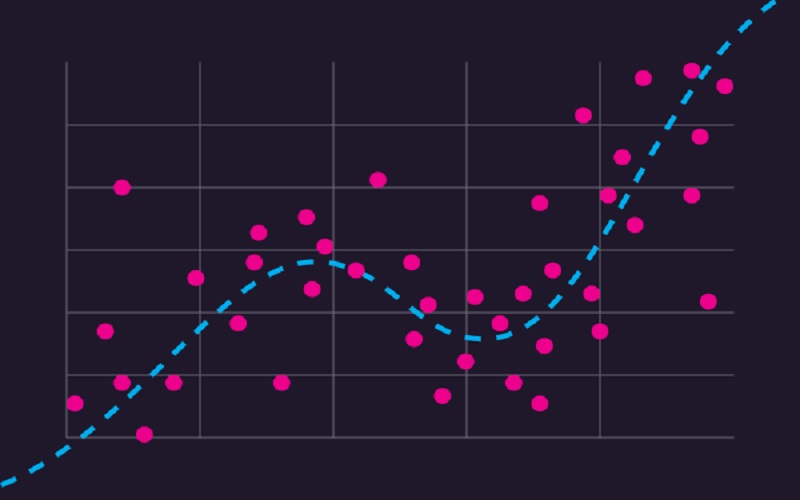
2. Data Mining
Data mining is a valuable method that uses statistics and machine learning to find trends and connections in big data sets. Companies can use it to turn raw data into intelligent information and help in decision-making. It involves looking through cluttered and repetitive data to find patterns that reveal significant insights. Exploratory data analysis is a way of doing data mining. It consists in studying datasets to see their main features using pictures. It allows us to gain an objective understanding of the facts without being influenced by any preconceived expectations or biases. The primary goal is to identify problems and find solutions by using data.
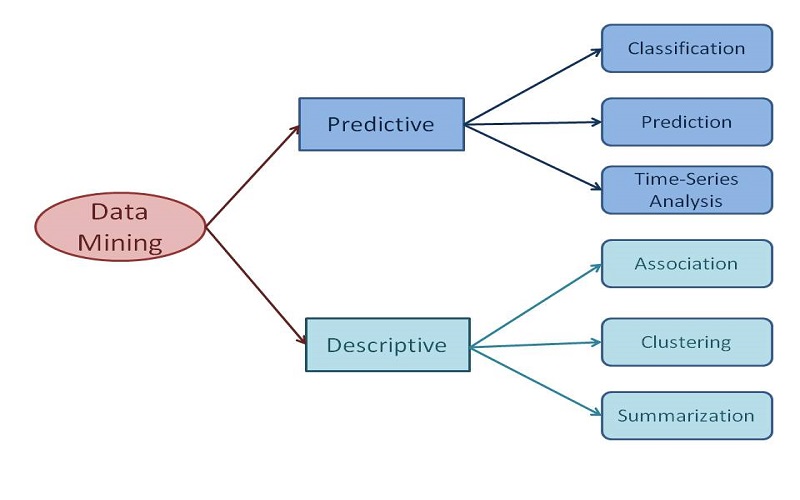
3. Classification
Classification is a prediction technique that determines the probability of an item belonging to a particular category. It can be applied to both binary classification problems, where there are two distinct classes, and multi-class classification problems, where there are multiple distinct classes to be predicted. The model assigns a confidence value to define which observation falls into which particular group or class. For example, spam filters categorize emails as “spam” or “not spam”, while fraud detection algorithms identify suspicious transactions. The algorithm utilizes training data to acquire knowledge and develop a function that can categorize new data based on specific criteria, effectively sorting it into different categories. They can be used to predict future events, such as customer purchases, or to spot objects in images.

4. Decision Trees
Decision trees are a popular tool for supervised learning and data analysis. They organize variables into a tree-like structure, starting from a node divided into branches with various variables. The statements like “if…then” are used to categorize inputs into different classes. Regression trees are used for continuous data prediction and classification trees are used for qualitative predictions. Decision trees utilize training data to establish a model capable of predicting the category or value of an input by creating straightforward rules. The branches of the tree represent the results or decisions, while the node represents a test on an attribute. Decision trees are visual and help in decision-making and analysis.
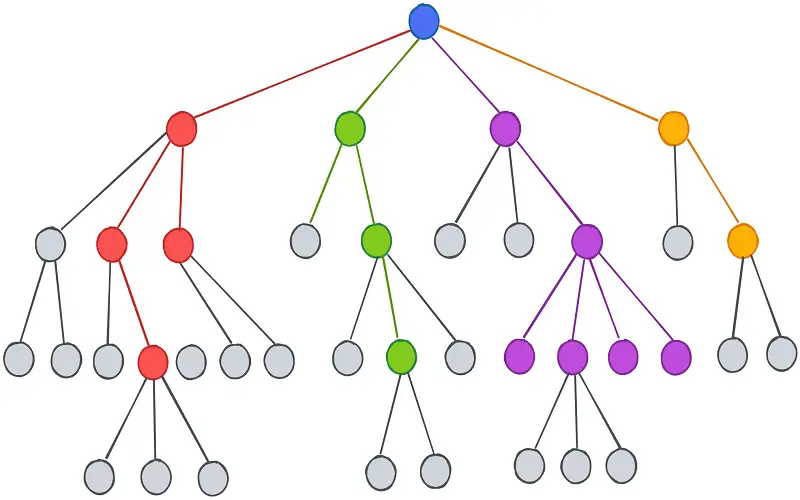
5. Neural Networks
Neural networks are a technique that consists of multiple interconnected layers. They want artificial intelligence to mimic and perform actions like human intelligence. As a result of this objective, the field of neural networks has experienced significant growth over the years. These networks are frequently employed for the purpose of data classification tasks. They employ mathematical formulas to activate neurons, with each input resulting in a corresponding output. In order to construct a neural network, input nodes are created to receive input data, output nodes are established to present the results, and intermediate hidden layers are also incorporated between them. The hidden layer functions as an opaque component, and data scientists have limited visibility into its internal workings, making it challenging to fully comprehend.
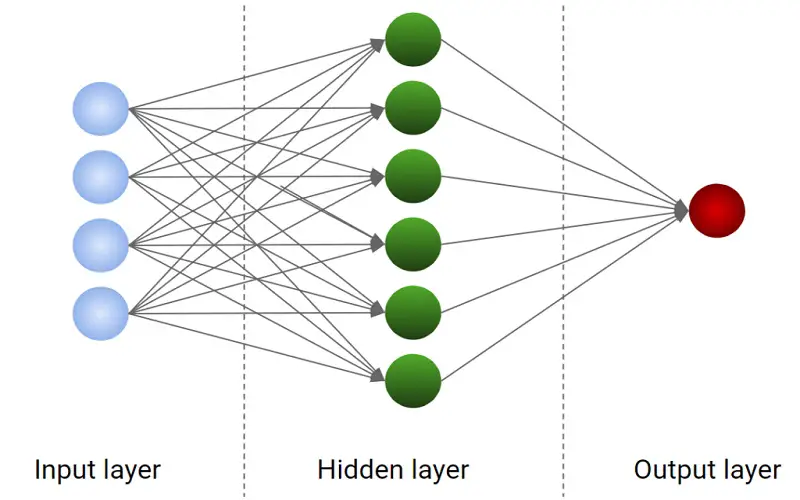
6. Logistic Regression
Logistic regression modeling is the most effective tool for predicting outcomes. It uses mathematical tools and formulas to find links between inputs and outputs. The procedure represents outputs based on information by including a constant. This linear relationship helps forecast future values. For example, a regression model can demonstrate the relationship between exercise frequency and weight loss. The outcome is the dependent variable, and the factors used to predict it are independent variables. The regression model can be simple and multiple.

7. Time Series Analysis
Time series analysis is used to check the data changes with time. It is utilized to forecast future values by leveraging historical data and observations. A time series is a set of data points that are collected periodically over a duration of time. These models are valuable for predicting long-term trends or patterns that develop and evolve over an extended period. Specialized tools are necessary to comprehend the different attributes of the data, such as its stationary nature, the presence of seasonal patterns, and autocorrelation.
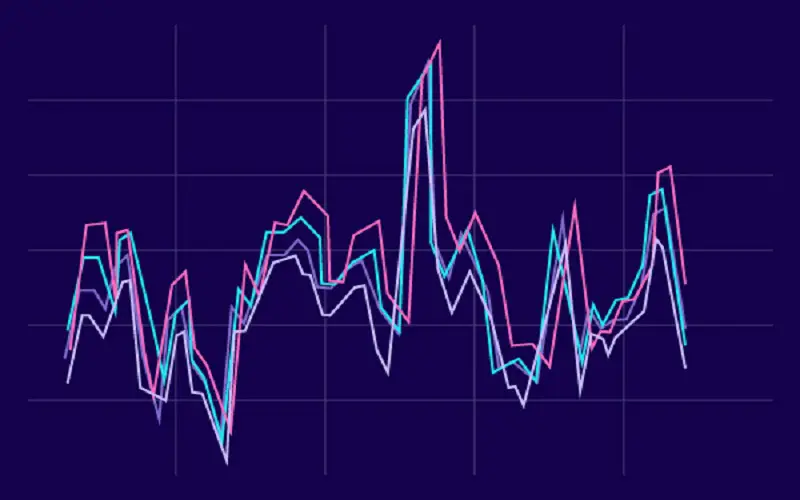
8. Predictive Modeling
Predictive modeling is a statistical technique that analyses patterns in data to predict future results. It helps businesses make decisions based on these predictions. For example, a retail store can utilize these models to forecast future customer demands, allowing them to optimize their inventory management by stocking the appropriate products in sufficient quantities and avoiding potential shortages. This procedure is part of predictive analytics, which uses previous and current data to guess future trends. Predictive modeling is a valuable tool for businesses in various industries to enhance planning and decision-making processes.

9. Artificial Analysis And Machine Learning
Machine learning is a method that uses computers to learn from data and make predictions. For example, using a customer’s browsing history, these models can predict the likelihood of that customer making a repeat purchase of the same product in the future. These predictions may be difficult to understand because the computer generates them automatically. Their accuracy depends on reliable and impartial data. This technique uses mathematical models and data to forecast future trends and help businesses make wise decisions. Combined with artificial intelligence, it can analyze real-time data and provide early ideas to help companies to stay ahead of the competition.
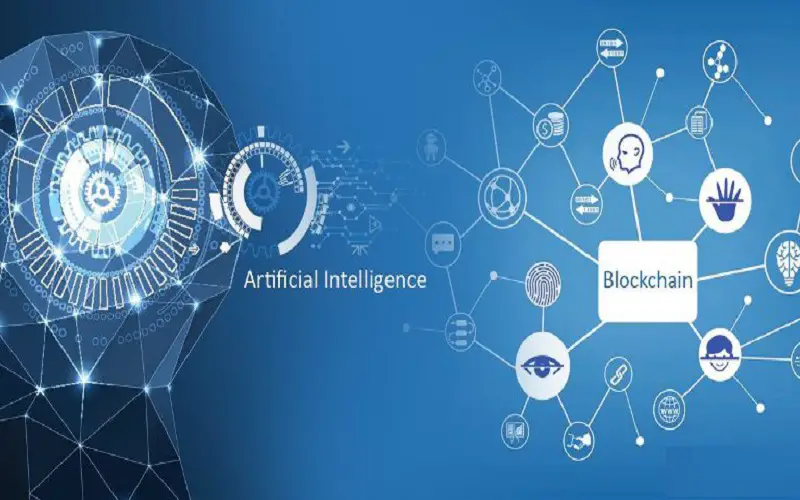
10. Clustering
Clustering is one of the most commonly used techniques for predictive analytics. This method involves grouping objects together based on their shared characteristics or attributes. For example, in astronomy, clustering can be used to identify groups of stars that share similar properties, such as size, brightness, and distance from Earth. Clustering algorithms, like K-means clustering, help in categorizing and analyzing large datasets, enabling scientists to detect patterns and make discoveries. Clustering is a versatile and powerful tool that finds applications across different domains for the purpose of data analysis and gaining insights.
